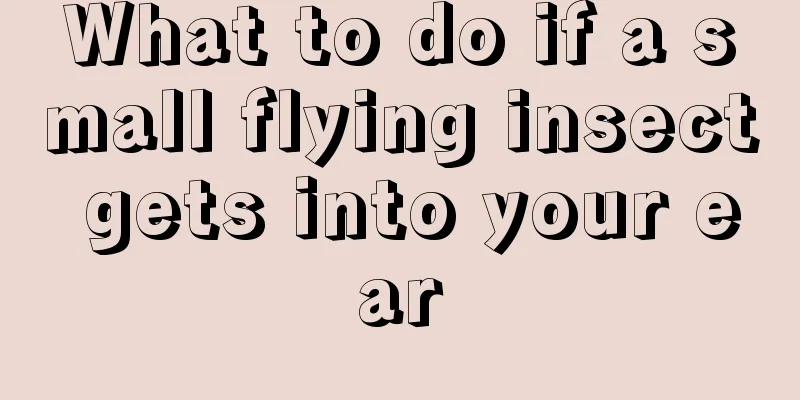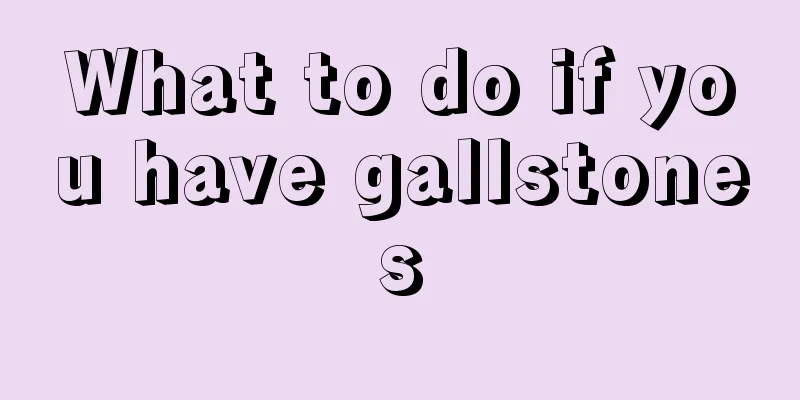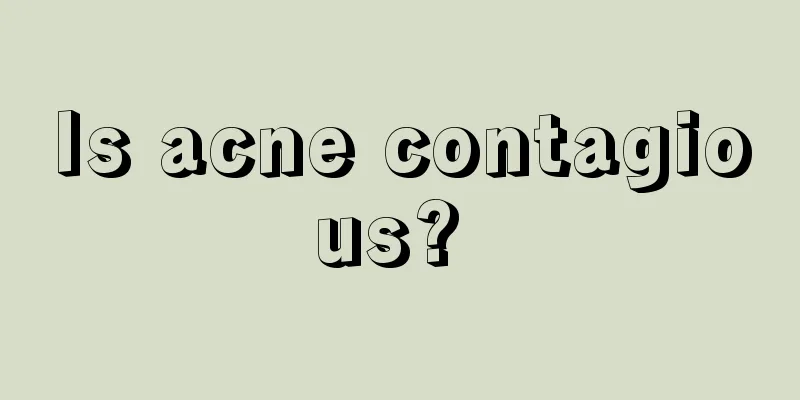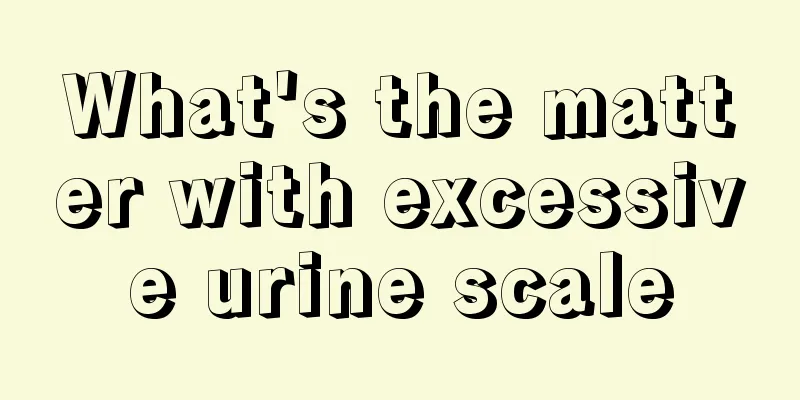What is the function of acetylcholine

|
Acetylcholine is a cholestatic neurotransmitter and is actually widely used clinically because it can dilate blood vessels. It can also slow down the heart rate and slow down the conduction of the atrioventricular node and Purkinje fibers. We should pay attention to these effects. (1) Vasodilator effect Intravenous injection of small doses of this product can cause a transient drop in blood pressure due to systemic vasodilation, accompanied by a reflex increase in heart rate. ACh can cause many blood vessels to dilate. Such as the lungs and coronary vessels. Its vasodilatory effect is mainly due to the stimulation of endothelial cell M, choline receptor subtype, leading to the release of endothelium-dependent relaxing factor (EDRF), also known as nitric oxide (nitric oxide). The release of NO (nitric oxide, or NO) causes the relaxation of adjacent smooth muscle cells, and may also be caused by pressure receptors or chemoreceptor reflexes. If the vascular endothelium is damaged, the above-mentioned effects of ACh will no longer exist, and instead it may cause vasoconstriction. In addition, ACh stimulates the presynaptic M1 receptors of sympathetic nerve endings and inhibits the release of NA from noradrenergic nerve endings, which is also related to the vasodilation effect of ACh. Intravenous injection of a small dose of this drug can cause a temporary drop in blood pressure due to systemic vasodilation. (2) Slow down your heart rate Also known as negative frequency action, ACh can delay the automatic depolarization of the sinoatrial node during diastole, increase the repolarization current, prolong the time it takes for the action potential to reach the threshold, and cause a slower heart rate. (3) Slow down the conduction of atrioventricular node and Purkinje fibers The negative conduction effect of acetylcholine can prolong the refractory period of the atrioventricular node and Purkinje fibers, β-urkinje fibers, and slow down conduction. Complete heart block is often related to depression of atrioventricular nodal conduction when cardiac glycosides are used to increase vagal tone or when high doses of systemically administered acetylcholine receptor agonists are used. (4) Weakened myocardial contractility That is, it has a negative inotropic effect. It is generally believed that the cholesterin nerves are mainly distributed in the sinoatrial node, atrioventricular node, Purkinje fibers and atria, while the ventricles are less innervated by cholesterin nerves. Therefore, the inhibitory effect of ACh on atrial contraction is greater than that on ventricle. However, since the vagus nerve endings are closely adjacent to the sympathetic nerve endings, the ACh released by the vagus nerve endings can excite the presynaptic M choline receptors of the sympathetic nerve endings, feedback inhibiting the release of norepinephrine from the sympathetic nerve endings. Weakens the force of ventricular contraction. |
<<: The symptoms of bladder stones are actually these three
>>: How many calories does sweet potato flour have?
Recommend
Should I use cold or hot water for blanching?
Blanching means placing the preliminarily process...
What can't you eat if you have kidney stones? Patients with kidney stones need to arrange their diet properly
Kidney stones are a common kidney disease that en...
The wound on my leg has not healed yet
It is said that the legs are the first part of a ...
Tips for treating stomach burn caused by drinking
Drinking is a common occurrence in daily meals an...
What are the symptoms of cerebral infarction
Most patients with cerebral infarction are betwee...
Does coffee cause cancer? Three benefits of drinking coffee
Many people have the habit of drinking coffee. Wh...
What foods are the best tonics?
Many people may want to take medication or other ...
What is the reason for the pain in my right upper arm
Many people think that pain in the right upper ar...
The functions and effects of moxa ash
Nowadays, many people pay more and more attention...
Can lymphoma be cured? How to cure it?
The peak incidence of lymphoma is between 31 and ...
What kind of inheritance does demyelinating brain disease belong to
The brain is the core organ of the human body and...
Don’t you recognize people when you have brain cancer?
Do you know the symptoms of brain cancer? Do you ...
People who often skip breakfast are more likely to develop gallbladder cancer
Gallbladder cancer is the most common malignant l...
What are the dangers of eyebrow dyeing gel
Eyebrow dyeing is a cosmetic technique that chang...
Breast cancer patients should not eat four things
Breast cancer patients need to pay special attent...









